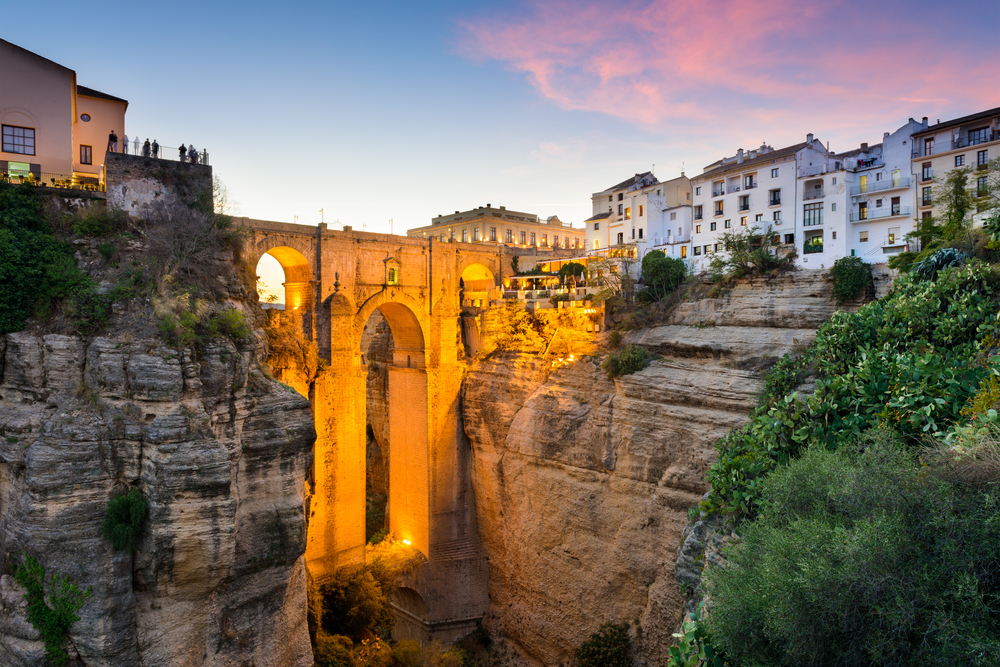“In a discovery for Europe’s cultural heritage sites, Spanish archaeologists have discovered the remains of an ancient Iberian settlement in northern Spain.” This article discusses how archaeologists discovered new information on the extinct Iberian civilization. They’re learning things they never knew before, and they’ve been able to find new information on finding lost civilizations.
The Iberian civilization that vanished was a civilization that existed 2,000 years ago in ancient Spain. It was part of the larger area known as the Iberian Peninsula. The Iberian Peninsula is on the west side of Sicily and north Africa.
When Rome was created, it led to many changes in other countries and regions’ histories. The Romans were interested in expanding their empire and bringing new people into their country. In order to accomplish this goal, Rome came up with a way to conquer a country by conquering its land piece by piece. By doing this, Rome would be able to take over the whole country without having to fight an all-out war against it.
A person who ruled the territory neighboring Rome was Hannibal. Hannibal waged an attack on Rome and fought against them in the Second Punic War. However, he lost, leading to a complete defeat of the Carthaginian army and their subsequent loss of territory. As a result, Carthage lost its territories in Spain, Sicily, and Sardinia. These areas were given to other people.
The Romans started attacking Spain in 218 BC. For them to conquer Spain, they had to conquer the northern part first because if they were unsuccessful, it would be easier for them to be attacked from behind if they conquered southern Spain first instead.” The Romans finally conquered Spain after two centuries of effort. The Iberian Peninsula is a part of Spain and Portugal.
The people in the Iberian Peninsula are called Iberians. In the 6th century BC, the Phocaeans from Greece founded an early settlement of Iberia in modern Andalusia and eastern Spain. The Phoenicians from northern Africa founded their own settlement in southern Spain and southern Portugal in the 8th century BC. Their colonies were at first made out of wood but later turned into stone cities.” This research it’s shown that Iberian people have been around for a long time – much longer than we thought. It’s taught us that they had different cultures and customs – something we didn’t know before. Additionally, we didn’t know that they had different languages and cultures.
There were two different Iberian civilizations that had two different cultures. There were the coastal and the inland people that lived in southern Portugal and northern Spain. The inhabitants of the coastal area displayed an uncanny resemblance to that of their western Mediterranean neighbors due to their cultural similarities with them. In contrast, the inland people shared more cultural similarities with many of their eastern Mediterranean neighbors” This information has taught us a lot about how culture was spread in ancient times, how it started in one place and spread to other places, etc. It’s also shown us new things we didn’t know before, like how they had different languages from each other.
A large amount of the Iberian people lived in villages, towns, and even larger cities. They grew crops, traded with other cultures, and even had a coinage system. This helped them progress in their own way. However, the Carthaginians and Romans conquered Spain. This led to Spain’s eventual loss of independence, as well as the internal chaos that was felt throughout the Peninsula. There were many wars that tore southern Iberia apart during this time period and ultimately led to its destruction.” After further research into the topic of this article, it seems that the Iberians were a successful civilization at one point in their history. They advanced themselves because of trade between foreign lands, but they eventually failed. The writer’s conclusion of this article is how Iberian people were much more successful in the past. They were able to maintain their independence and even expand their territory. They also had a successful way of life. However, they eventually failed because of Roman and Carthaginian invasions and later divisions within the country itself. It makes you wonder how they advanced so much in such a short amount of time but then failed because of the Romans.” The main purpose of this article was to tell us about how an ancient civilization was destroyed, and its progress was lost in that sense.







